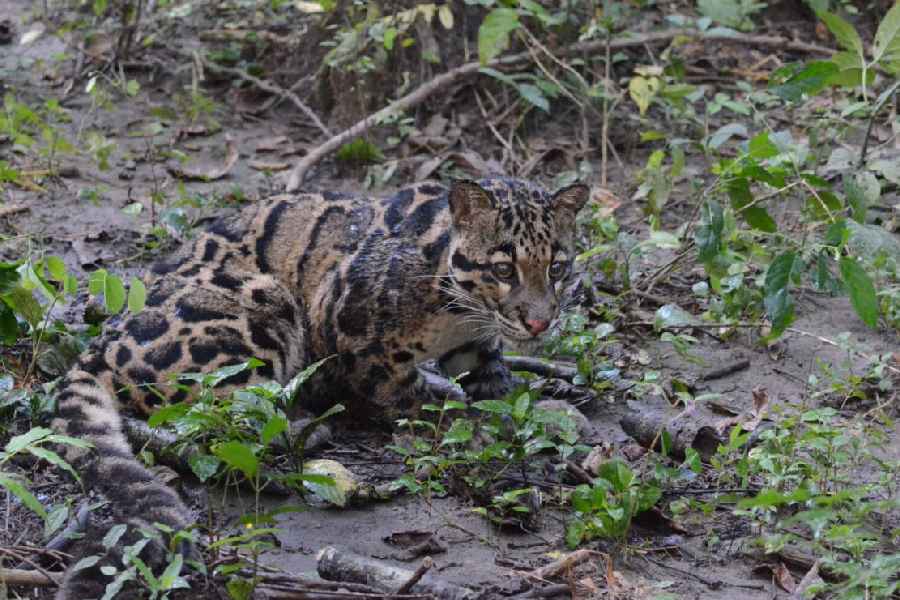The state forest department will survey the habitats of different species of wild cats in the reserve forests of north Bengal and prepare a comprehensive map for the protection of such species.
Bhaskar J.V., the chief conservator of forests (wildlife, north), said that census and survey of tigers, elephants, gaurs (Indian bison), leopards, rhinos and deer have been conducted many times in north Bengal.
“However, we do not have detailed information about wild cats, which live in the forests of north Bengal. We need to know their tentative population, their habitats, the status of such habitats and whether they have an appropriate prey base for their conservation. That is why, this exercise will be taken up,” said the senior forester. Sources in the department said that wild cat species like lesser wild cats, jungle cats, marbled cats and golden cats can be seen in this region.
“Pictures of such cat species were clicked in the trap cameras which have been installed in different national parks and wildlife sanctuaries. This survey, which would be carried out during the ensuing winter season, will help us in preparing a detailed map of their habitats,” said a source.
The survey, sources said, will be conducted in national parks like Singalila, Neora Valley, Gorumara and Jaldapara, in wildlife sanctuaries like Senchal, Mahananda and Chapramari, and at the Buxa Tiger Reserve.
“The survey will also be carried out in other reserve forests of the region. It would give us a clear idea about the estimated population of these cat species,” the source added.
Though lesser cats and jungle cats have been marked as species of least concern by the International Union for Conservation of Nature (IUCN), which lists the status of animal species, it has marked others like golden cats and marbled cats as vulnerable.
“The survey would help in better conservation of these species. We can identify whether these species have a proper habitat in the reserve forests. There will be elaborate information in the map that will be prepared in due course, with data up to the beat and compartment level,” said a forester.
Reserve forests are marked into forest beats and compartments.










